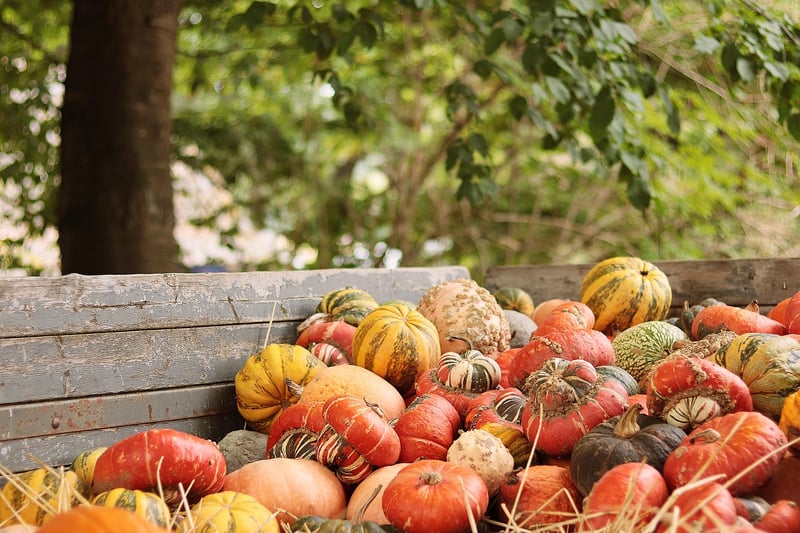Seasonal Harvest
Special Practices for Harvesting
Introduction
Harvesting is a crucial activity in agriculture that marks the culmination of hard work and dedication put into growing crops. Certain special practices can enhance the efficiency and quality of the harvest, ensuring maximum yield and minimal wastage. In this article, we will explore some of these practices and their importance.
1. Timing is Key
One of the most critical aspects of harvesting is timing. Different crops have specific maturity periods when they are ready to be harvested. It is essential to monitor the growth stages closely and harvest at the right time to ensure optimal quality and yield. Harvesting too early or too late can affect the taste, texture, and overall quality of the produce.
2. Use of Proper Tools
Using the right tools for harvesting can make a significant difference in the efficiency of the process. Sharp knives, pruning shears, harvest trays, and containers are some of the essential tools that ensure clean cuts, proper handling, and safe transport of the harvested produce. Maintaining and sharpening these tools regularly is also crucial for effective harvesting.
3. Gentle Handling
Proper handling of the harvested crops is vital to prevent damage and bruising. Care should be taken to avoid rough handling, especially with delicate fruits and vegetables. Using soft padding in containers, avoiding overfilling, and minimizing drops during handling can help maintain the quality and appearance of the produce.
4. Post-Harvest Care
After harvesting, it is essential to provide proper post-harvest care to maximize the shelf life of the produce. This includes activities such as cleaning, sorting, grading, and packaging. Proper storage conditions, temperature control, and humidity levels should be maintained to preserve the freshness and nutritional value of the harvested crops.
Seasonal Harvest
Harvesting according to the seasons is not only beneficial for the crops but also for the environment and overall sustainability of agriculture. Seasonal harvest practices involve aligning the planting and harvesting schedules with the natural climate and weather conditions to optimize growth and yield.
Benefits of Seasonal Harvest
- Optimal crop growth and development
- Reduced reliance on artificial inputs
- Lower environmental impact
- Fresh and flavorful produce
- Support for local agriculture
Conclusion
Special practices for harvesting play a significant role in ensuring a successful and sustainable agricultural process. By following the right timing, using proper tools, gentle handling, and post-harvest care, farmers can improve the quality of their produce and minimize wastage. Embracing seasonal harvest practices further enhances the benefits for both farmers and consumers, promoting a more resilient and eco-friendly food system.

